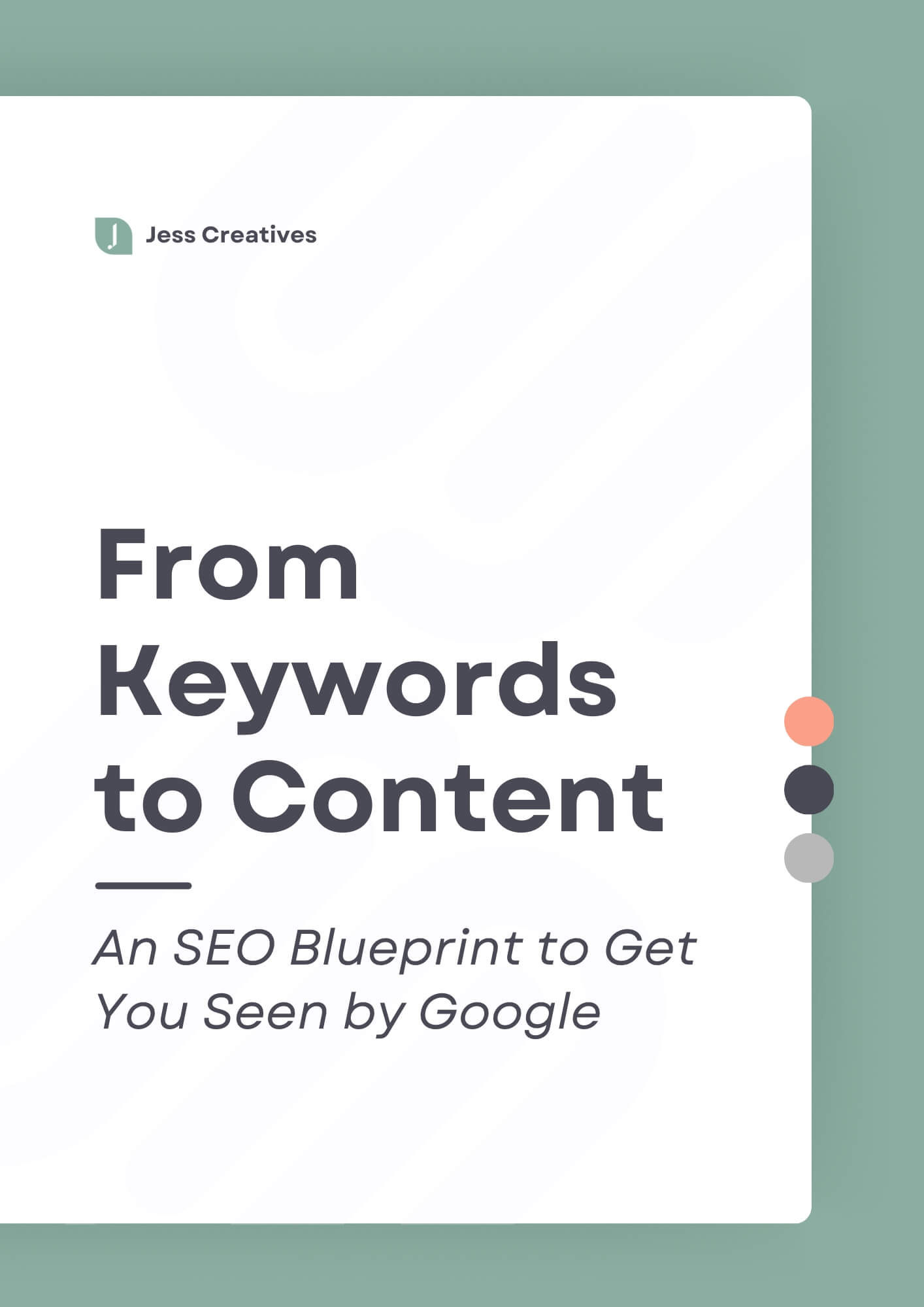One of the biggest issues that holds creative entrepreneurs back from having an online presence that shines is that their websites that lack user-friendly organization. It’s like trying to navigate Wal-Mart during Black Friday craziness – there is not enough Diet Dr Pepper to make me want to walk through that tangled mess. So, I have some website tips for coaches to help increase sales.
Potential clients need to locate information quickly, without feeling overwhelmed or confused about what to do next. If we’re going back to the Wal-Mart example, sometimes websites can feel like the laundry detergent aisle – which has a few too many options in my opinion. The good news is – you can easily clear up the confusion and optimize user experience on your site with the five fast fixes in this post.
Treat your website like your home
Your website is like the virtual home for your business — and it should be treated that way. When you have friends coming over for dinner, how do you prepare? You clean up the kitchen, clean off the couch so they can have a comfortable seat, and you prepare a nice meal. When your friends arrive, you open the door for them, take their jackets and purses, and welcome them into your home.
You should extend these same courtesies to your website visitors.
On average, users only take six seconds to decide whether or not to stay on your website. In that six seconds, user experience is a factor in that decision — is the content valuable, is it easy to use, how does it make them feel?
The important thing to remember when it comes to user experience is that you can’t guarantee the results. For example, let’s look at user experience in offline situations:
- Assembling a desk you bought from IKEA
- Using a Kitchen-Aid mixer to bake cookies
- Buying a car
When you look at these three scenarios, some may seem easier or harder to you than what they seem to me, to your best friend, or to your spouse. Our experiences in each scenario would be different based on our skills, personalities and experiences.
Website Tip for Coaches #1: Clean Up Your Home Page
Most visitors land on your homepage first, so you want to make a great initial impression. The last thing you want is a crowded homepage with too many options like the laundry detergent aisle.
We can’t guarantee that our websites will make each person feel the exact same way, but that doesn’t mean we can’t still build our websites with specific goals in mind.
There are six design changes you can make to help improve the user experience.
1. Optimize site speed — The speed of your site is a huge factor in user experience. People are impatient, and will exit out quickly if your site is just too slow for them. You wouldn’t make your friends wait at your front door for 20 minutes, or set dinner in front of them and make them wait to eat for half an hour, so make sure your website loads quickly!
If you’re on WordPress, there are plenty of plug-ins you can use to help optimize speed — look for image compression or cache plug-ins; WP Rocket is also great. If you’re on Squarespace, make sure you aren’t uploading huge image files.
Sometimes, your website may just have a lot of or too big of photos. If you’re editing photos in Photoshop, try saving JPGs for web – JPGs will also load faster than PNGs. Another option when you edit your photos is to bring them down to 80-85% quality. You won’t notice a big difference on the web in quality, but it will be a smaller file size and load faster.
There are many different WordPress plug-ins that you can install to help compress image file sizes. WP Smush, W3 Total Cache, GZip Compression, EWWW Image Optimizer, and WP Ultimate Cache – just to name a few.
On the flip side, too many or certain plug-ins can also slow down your site. Sliders often cause loading problems, and Sumome has been known to cause problems for many users. This is one area that might take some trial and error to figure out the culprit.
If you’ve optimized images and plug-ins, but still have a slow site. There are a few other things you can check. Are you on a slow host or shared server? You might need to switch providers. Are you running ads? These sometimes are known to cause problems. Is your theme up-to-date? A theme that isn’t updated to the current version could also be causing problems.
2. Be mobile-friendly — More and more users are using their phones and tablets to read things online. If your site isn’t mobile-friendly, you are going to lose visitors very quickly! Even though many templates are mobile-friendly, you should still check to see what your site looks like on a phone or tablet. Elements within your site may collapse in a weird order, or view larger or smaller than you expected.
3. Embrace the white space — You don’t want your audience to enter your site and feel overwhelmed or confused. Utilizing white space can prevent this from happening! Organize content in a way that makes the most sense, and still communicates effectively. Embracing white space doesn’t mean you have to have a plain, boring website. Again, think of it like a home — you don’t want to be hoarder, but you don’t have to have bare walls, either!
4. Break up content — This goes along with #3, as you don’t want to overwhelm your audience. You don’t want to your website to read like a textbook, with large paragraphs just filling the pages. Break up your text by using different header sizes (as you can see I’m using in this post), bullet points, graphics or even just simple line dividers. Breaking up your content will help the readers digest it easier and faster!
5. Be clear and concise — Remember how I mentioned assembling a desk from IKEA up above? Don’t make your website like IKEA desk assembly instructions. Keep things concise, and use clear call-to-actions that are big and colorful! The messaging you use on your website will affect how people perceive your brand, so it’s important to write in your personality + tone!
These are small changes you can make that will have a big impact on your website. This is another aspect of your brand that you can enhance for the benefit of your audience!
Website Tip for Coaches #2: Create Dedicated Services Pages
While you shouldn’t get rid of your main “hire me” or services page (you definitely need that page), creating subpages for services can help potential clients find the exact information they’re looking for. The goal is to create paths to the information people want (including pricing) — with as few clicks as possible.
Bonus Tip: Put specific forms (like contact forms) on multiple pages and track where visitors complete them. With tools like Typeform, for example, it’s easy to copy the same form so you can label it and track it on separate pages to see where people fill it out. When you have some data, eliminate get rid of the form people aren’t filling out as often to further reduce site clutter.
Want to dive deeper into what you should include on a great services page?
Website Tip for Coaches #3: Put Client Testimonials On Display
Beyond listing details potential clients would want to know about working with you, be sure to showcase client testimonials on your service pages as well. Testimonials are particularly valuable here because you’re providing social proof in the middle of people’s decision-making process. Show off that client love!
If you want to know more about how to ask for client testimonials, I’ve got you covered in the video below.
Website Tip for Coaches #4: Repair Dead Ends
You should never leave website page with a dead end. That is, visitors should always have somewhere to go next.
Dead ends often lead to readers dropping-off and people leaving your site. But there’s a simple fix:include a call-to-action (CTA) on each page.
Having a CTA keeps visitors engaged by giving them something to do or somewhere to go. It can be as simple as pointing readers in the direction of a freebie or a related blog post — just make sure you’re giving people a way to stay on your site!
Website Tip for Coaches #5: Track Visitor Behavior
Maybe you thought all you had to do was get your site up and running and let traffic start rolling in. Well, I’m not a big fan of the ‘set-it-and-forget-it” method…because data is your friend as a coach!
Every industry and audience is different, so it’s incredibly important to use data to make decisions in your business. One bit of data that’s useful to track is how visitors navigate your site.
- Google analytics helps you uncover the most common traffic routes on your site. Check out the behavior flow option, it’s particularly useful for finding the pathways people take to locate specific information on your site. If you’re just getting started with Google analytics, watch this video for my best tips on what to look for when you’re using the tool.
- Crazy Egg will show you what’s “hot” vs. what’s “not”. Crazy Egg provides a visual heat map of areas on your site where the most people are hanging out. It’s especially helpful when you want to make sure certain elements (like forms, widgets, etc.) are working properly and placed effectively on your site.
Personally, I used the heatmap tool to identify spaces on my old site that weren’t getting much interest. This allowed me to rethink my layout and avoid wasting space.
If you want customized feedback on which of these tips you should implement first, book a website audit to get clear next steps to optimize site for your unique business and goals.



